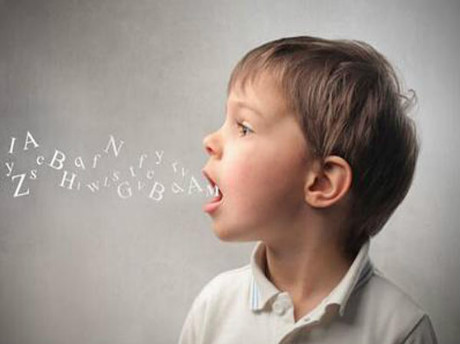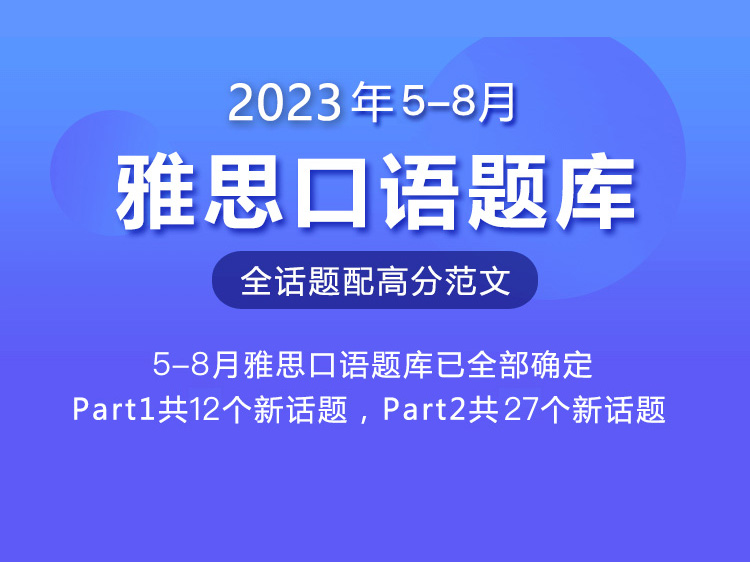【小站独家】最新雅思阅读全真模拟题:信念实验
- 2016年07月27日16:02 来源:小站整理作者:小站雅思编辑
- 参与(1) 阅读(34591)
小站独家,最新雅思阅读全真模拟试题。一切患有雅思阅读刷题强迫症的烤鸭,请看这里。小站精心整理了一批雅思阅读模拟试题。如果你的剑桥雅思阅读已是烂熟于心,那么这一系列的模拟题真的很适合你,搭配上绝对原创的讲解,还有全文的中文翻译,这等阅读大餐,还等什么!
Implication of False Belief experiments 2
You should spend about 20 minutes on Question 27-40 which are based on Reading Passage below.
|
A |
A considerable amount of research since the mid 1980s has been concerned with what has been termed children's theory of mind. This involves children's ability to understand that people can have different beliefs and representations of the world -a capacity that is shown by four years of age. Furthermore, this ability appears to be absent in children with autism. The ability to work out what another person is thinking is clearly an important aspect of both cognitive and social development. Furthermore, one important explanation for autism is that children suffering from this condition do not have a theory of mind (TOM). Consequently, the development of children's TOM has attracted considerable attention. |
|
B |
Wimmer and Perner devised a false belief task' to address this question. They used some toys to act out the following story. Maxi left some chocolate in a blue cupboard before he went out. When he was away his mother moved the chocolate to a green cupboard. Children were asked to predict where Maxi will look for his chocolate when he returns. Most children under four years gave the incorrect answer, that Maxi will look in the green cupboard. Those over four years tended to give the correct answer, that Maxi will look in the blue cupboard. The incorrect answers indicated that the younger children did not understand that Maxi's beliefs and representations no longer matched the actual state of the world, and they failed to appreciate that Maxi will act on the basis of his beliefs rather than the way that the world is actually organised. |
|
C |
A simpler version of the Maxi task was devised by Baron-Cohen to take account of criticisms that younger children may have been affected by the complexity and too much information of the story in the task described above. For example, the child is shown two dolls, Sally and Anne, who have a basket and a box, respectively. Sally also has a marble, which she places in her basket, and then leaves to take a walk. While she is out of the room, Anne takes the marble from the basket, eventually putting it in the box. Sally returns, and the child is then asked where Sally will look for the marble. The child passes the task if she answers that Sally will look in the basket, where she put the marble; the child fails the task if she answers that Sally will look in the box, where the child knows the marble is hidden, even though Sally cannot know, since she did not see it hidden there. In order to pass the task, the child must be able to understand that another's mental representation of the situation is different from their own, and the child must be able to predict behavior based on that understanding. The results of research using been fairly consistent: most normally-developing children are unable to pass the tasks until around age four. |
|
D |
Leslie argues that, before 18 months, children treat the world in a literal way and rarely demonstrate pretence. He also argues that it is necessary for the cognitive system to distinguish between what is pretend and what is real. If children were not able to do this, they would not be able to distinguish between imagination and reality. Leslie suggested that this pretend play becomes possible because of the presence of a de-coupler that copies primary representations to secondary representations. For example, children, when pretending a banana is a telephone, would make a secondary representation of a banana. They would manipulate this representation and they would use their stored knowledge of 'telephone' to build on this pretence. |
|
E |
There is also evidence that social processes play a part in the development of TOM. Meins and her colleagues have found that what they term mindmindedness in maternal speech to six-month old infants is related to both security of attachment and to TOM abilities. Mindmindedness involves speech that discusses infants' feelings and explains their behaviour in terms of mental states (e.g. ‘you're feeling hungry’). |
|
F |
Lewis investigated older children living in extended families in Crete and Cyprus. They found that children who socially interact with more adults, who have more friends, and who have more older siblings tend to pass TOM tasks at a slightly earlier age than other children. Furthermore, because young children are more likely to talk about their thoughts and feelings with peers than with their mothers, peer interaction may provide a special impetus to the development of a TOM. A similar point has been made by Dunn, who argues that peer interaction is more likely to contain pretend play and that it is likely to be more challenging because other children, unlike adults, do not make large adaptations to the communicative needs of other children. |
|
G |
In addition, there has been concern that some aspects of the TOM approach underestimate children's understanding of other people. After all, infants will point to objects apparently in an effort to change a person's direction of gaze and interest; they can interact quite effectively with other people; they will express their ideas in opposition to the wishes of others; and they will show empathy for the feelings of others. All this suggests that they have some level of understanding that their own thoughts are different to those in another person's mind. Evidence to support this position comes from a variety of sources. When a card with a different picture on each side is shown to a child and an adult sitting opposite her, then three year olds understand that they see a different picture to that seen by the adult. |
|
H |
Schatz studied the spontaneous speech of three-year-olds and found that these children used mental terms, and used them in circumstances where there was a contrast between, for example, not being sure where an object was located and finding it, or between pretending and reality. Thus the social abilities of children indicate that they are aware of the difference between mental states and external reality at ages younger than four. |
|
I |
A different explanation has been put forward by Harris. He proposed that children use 'simulation'. This involves putting yourself in the other person's position/ and then frying to predict what the other person would do. Thus success on false belief tasks can be explained by children trying to imagine what they would do if they were a character in the stories, rather than children being able to appreciate the beliefs of other people. Such thinking about situations that do not exist involves what is termed counterfactual reasoning. |
Use the information in the passage to match the people (listed A-G) with opinions or deeds below. Write the appropriate letters A-G in boxes 27-34 on your answer sheet.
A. Baron-Cohen
B. Meins
C. Wimmer and Perner
D. Lewis
E. Dunn
F. Schatz
G. Harris
27. Giving an alternative explanation that children may not be understanding other's belief.
28. found that children under certain age can tell difference between reality and mentality
29. designed an experiment and drew conclusion that young children under age of 4 were unable to comprehend the real state of the world
30. found that children who gets along with adults often comparatively got through test more easily
31. revised an easier experiment rule out the possibility that children might be influenced by sophisticated reasoning.
32. Related social factor such as mother-child communication to capability act in TOM
33. explained children are less likely tell something interactive to their mother than to their friends
Questions 34-40
Summary
Complete the following summary of the paragraphs of Reading Passage, using No More than Three words from the Reading Passage for each answer. Write your answers in boxes 34-40 on your answer sheet.
In 1980s, researches are designed to test the subject called 34 that if children have the ability to represent the reality. First experiment was carried out on this subject on a boy. And questions had been made on where the how ran find the location of the 35 But it' excessive 36 . So second modified experiment was conducted involving two dolls, and most children passed the test at the age of 37 . Then Lewis and Dunn researched 38 children in a certain place, and found children who have more interaction such as more conversation with 39 actually have better performance in the test, and peer interaction is 40 because of consisting pretending elements.











































